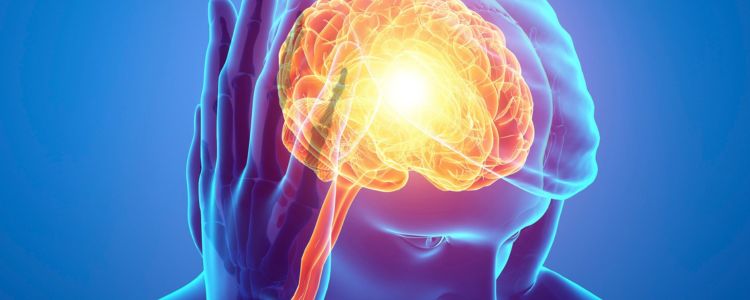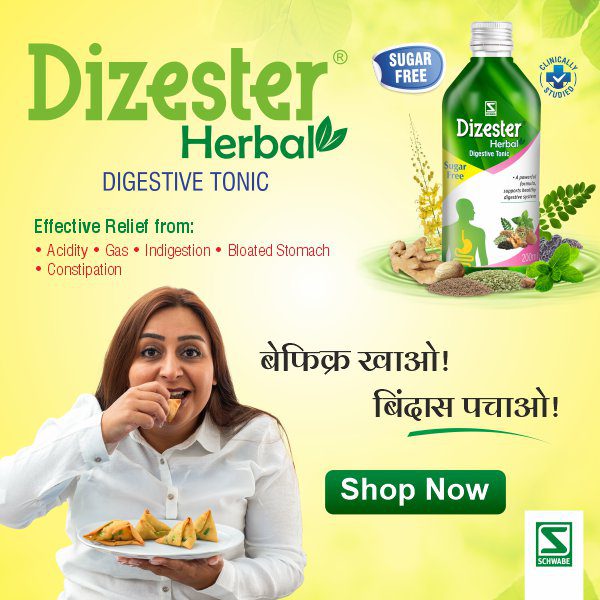
How Does Diet Impact Your Liver Health? Your Essential Guide To Nourishing Your Body’s Silent Powerhouse
- Dr Jeetesh Singh
- No Comments

Think of your liver as your body’s internal command centre—quietly working around the clock. It filters toxins from your blood, breaks down nutrients, produces vital proteins, regulates hormones, and stores energy. Your liver is the star that performs hundreds of tasks to keep you functioning. Today, as Indians adopt various diets and engage in less physical activity, the liver faces more pressure than ever. Choosing the best diet for fatty liver, particularly a well-balanced Indian diet, is key to preventing and managing this increasingly common condition.
Supporting your liver begins with supporting your plate—because the right diet for fatty liver disease plays a vital role in both preventing and managing liver conditions, which now affect nearly one in three urban Indians.
Table of Contents
ToggleWhy Your Plate is Your Liver’s Command Center
Every meal has a direct impact on your liver’s workload. Processed sugars? Your liver converts them into fat. Excess fried foods? They trigger inflammation. Alcohol? It overwhelms detox pathways. Conversely, whole foods provide antioxidants that combat cellular damage and fibres that bind toxins for elimination.
When your diet for fatty liver or general wellness lacks balance, fat accumulates in hepatocytes (steatosis), causing inflammation that can progress to irreversible damage. The solution isn’t an extreme restriction – it’s strategic nourishment.
Also Read Treat Acute Liver Diseases With Homeopathy
Building Blocks of a Liver-Loving Diet: Science-Backed Choices
Your dietary choices directly fuel liver resilience. Here’s what research reveals about foods for liver health:
1. Antioxidant Powerhouses
Berries (amla, blueberries), citrus fruits, and cruciferous vegetables (broccoli, cauliflower) boost glutathione – your liver’s master detoxifier. These are nature’s premier liver detox foods.
2. Fibre-Rich Champions
Whole grains (oats, brown rice, millets like jowar/ragi) and legumes (moong, chana) regulate blood sugar and reduce fat absorption.
3. Healthy Fats
Walnuts, flaxseeds, and cold-pressed oils (such as mustard and olive) provide omega-3 fatty acids that help reduce inflammation.
4. Lean Proteins
Fish (rich in selenium), eggs, and plant-based proteins (tofu, lentils) aid tissue repair without overburdening the liver.
5. Hydration Heroes
Water and herbal infusions (green tea, dandelion) flush toxins and improve bile flow.
Confronting Fatty Liver: Your Dietary Toolkit for Reversal
With Non-Alcoholic Fatty Liver Disease (NAFLD) becoming India’s silent epidemic, your fatty liver diet plan is the most potent intervention. Studies confirm that losing 5-10% of body weight through diet can reverse early-stage fatty liver disease in approximately 90% of cases. Here’s your actionable framework:
| Embrace (Foods good for fatty liver) | Eliminate (Foods to avoid in fatty liver) |
| Vegetables: Spinach, bitter gourd, bell peppers | Sugar Bombs: Sodas, packaged juices, sweets |
| Fruits: Papaya, apples, berries (portion-controlled) | Refined Carbs: White bread, maida, biscuits |
| Whole Grains: Bajra roti, quinoa, brown rice | Trans Fats: Vada, samosa, bakery items |
| Lean Proteins: Grilled fish, skinless chicken, sprouts | Processed Meats: Sausages, bacon, salami |
| Anti-inflammatory Spices: Turmeric (curcumin), garlic, cinnamon | Excess Salt: Papads, pickles, instant noodles |
| Healthy Fats: Almonds, avocado, ghee (moderate) | Alcohol: Primary driver of liver damage |
This diet for fatty liver aligns perfectly with everyday Indian meals – think dal-sabzi with roti, vegetable khichdi, and fish curries with minimal oil. Consistency with this fatty liver treatment diet is important for naturally reducing fatty liver.
Homoeopathy’s Supportive Role: Gentle Activation of Self-Healing
While diet anchors liver wellness, homoeopathy offers complementary support by stimulating the body’s intrinsic healing intelligence. According to its principles, highly diluted natural substances signal the body to restore balance. Several botanicals have traditional significance in liver wellness:
1. Carduus marianus (Milk Thistle)
Extensively researched for its active compound, silymarin. Silymarin is recognised for its potent antioxidant properties, which might help protect liver cells from oxidative damage and support their natural regenerative processes, contributing to overall liver resilience.
2. Chelidonium majus
Valued in traditional medicine for its historical association with the liver and gallbladder. It is often linked to supporting the healthy production and flow of bile, a crucial digestive fluid produced by the liver that aids in the breakdown of fats and detoxification.
3. Andrographis paniculata (Kalmegh)
A cornerstone herb in Ayurveda, it is renowned as a potent “bitter tonic.” Kalmegh is traditionally used to support the body’s natural detoxification and promote healthy liver function, leveraging its characteristic bitter principles.
4. Hydrastis canadensis
Traditionally employed in various systems for its potential benefits related to mucous membranes. Its use extends to supporting the health and function of mucosal linings within the digestive system, which interface closely with liver function.
5. Podophyllum peltatum
This botanical is considered in homoeopathic practice for its potential influence on the body’s natural detoxification pathways. It may be associated with supporting the liver’s role in processing and eliminating metabolic waste products.
6. Ipecacuanha & Acidum citricum
These substances are primarily used in homoeopathy to address commonly associated symptoms, such as persistent nausea, vomiting, or digestive discomfort that can sometimes accompany liver imbalances, aiming to restore digestive ease.
Crucially, homoeopathy doesn’t replace conventional treatment but works alongside it. A qualified practitioner selects remedies based on your unique symptom profile, considering factors such as fatigue, digestion, stress, and lifestyle to support liver function holistically. This aligns with the philosophy behind fatty liver home remedies, which prioritise the body’s innate capacity for balance.
Also Read Four Stages of Liver Disease & Its Cure With Homeopathy
The Synergy of Lifestyle: Beyond the Plate
Your diet and liver health strategy amplifies when combined with the following:
- Movement: 30 minutes of daily walking reduces liver fat by 10% in 8 weeks.
- Stress Management: Yoga (Pranayama) and meditation lower cortisol-induced inflammation.
- Sleep Hygiene: Getting 7-8 hours of sleep nightly enables cellular repair and toxin clearance.
- Toxin Reduction: Limit OTC painkillers and exposure to pesticides/pollutants.
Empowerment Through Conscious Choices
Your liver’s ability to regenerate is remarkable—it can restore itself even after significant damage. By consistently choosing foods for liver health, avoiding harmful substances, and staying physically active, you help create the ideal conditions for recovery. Incorporating liver detox foods and following the best diet for fatty liver can further accelerate this healing.
For those seeking additional holistic support aligned with homoeopathic principles, Schwabe India offers formulations like Alpha-Liv Tonic and Alpha-Liv Drops, which contain traditional liver-supportive ingredients as per the homoeopathic pharmacopoeia.





























